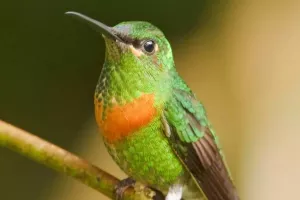Camels are a fascinating species with two distinct types - dromedaries, which have one hump, and Bactrian camels, which have two humps. Bactrian camels are primarily found in Asia and the cooler surrounding regions.
From a distance, one can observe the brown camel with a hint of gold, and its two large humps are the most conspicuous features. These two humps resemble two golden peaks, making the camel even more powerful.
The double humps are morphological features, with a body length of 3.2 to 3.5 meters, a shoulder height of 1.6 to 1.8 meters, and a weight ranging from 450 to 680 kilograms. The head is small, the neck is long and curved upwards, the body is golden yellow to dark brown, and the thighs are the darkest.
In winter, the Bactrian camel grows fur on its neck and humps, has double rows of long eyelashes, sand-resistant inner ear hair, and slit-like nostrils that close during sandstorms.
Wild Bactrian camels are the only remaining wild camels in the world. They are smaller and lighter than domestic Bactrian camels, with significantly smaller and more conical humps and thinner coats.
The humps of a Bactrian camel store fat, not water. The metabolic water produced after fat oxidation can be used for the camel's life activities. The metabolism of fat is inseparable from the participation of oxygen. During the breathing process of inhaling oxygen, the water loss in the lungs is equivalent to the water metabolized by fat.
A camel's rumen is divided by muscle mass into several blind sacs, known as "water sacs." These water bladders can only hold 5 to 6 liters of water, mixed with fermented feed, creating a thick green juice.
The salt concentration in these green sap is about the same as that in the blood, making it difficult for camels to use the water in their stomachs. The water bladder is not effectively separated from the rest of the rumen and is too small to constitute a truly effective reservoir.
Camels mainly live in grasslands, deserts, and Gobi areas. They are docile, alert, and tenacious, quick to react, fast to run, and have great perseverance. Camels mainly eat grass and love salt. Living in arid desert regions has resulted in a preference for plants with high salt content, and they consume saline-alkali lake water.
In the depths of the desert, camels witness the germination and growth of the dead bones of Populus euphratica and witness the disappearance of the former glory under the ravages of yellow sand.
Bactrian camels are fascinating creatures with distinct morphological features and habits. The storage of fat in their humps provides them with a source of water, enabling them to survive in arid desert regions.
Their love for salt and preference for plants with high salt content has enabled them to adapt and thrive in their environment.


